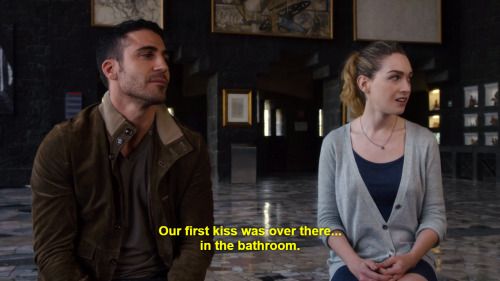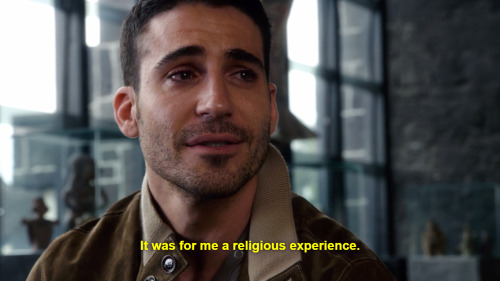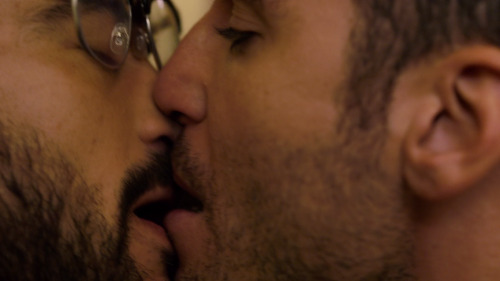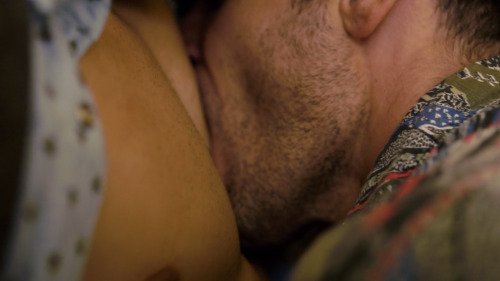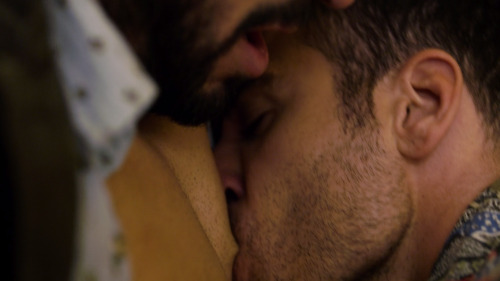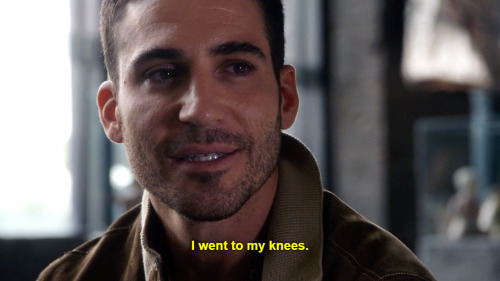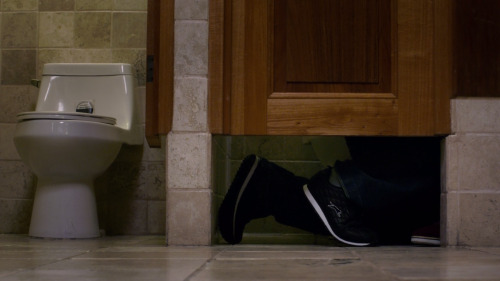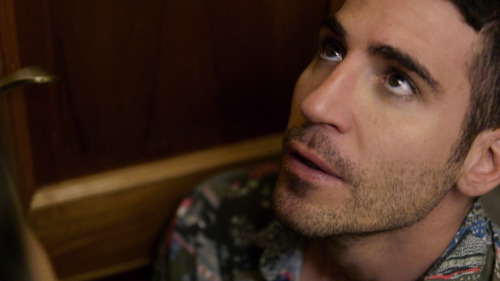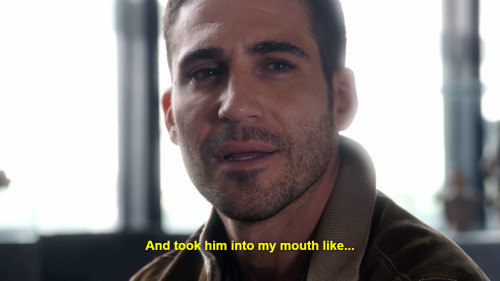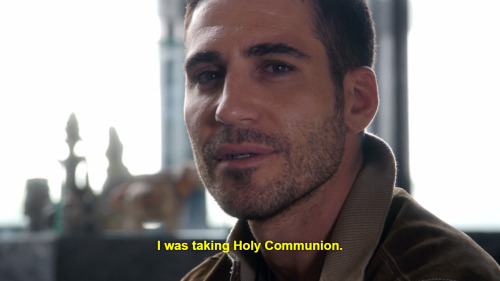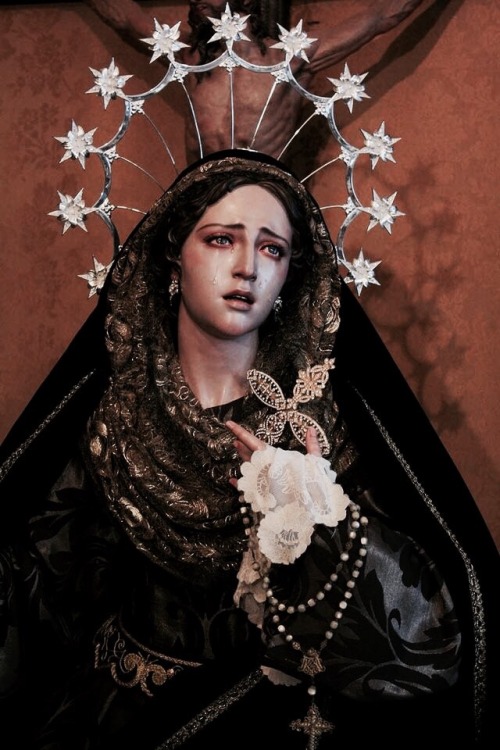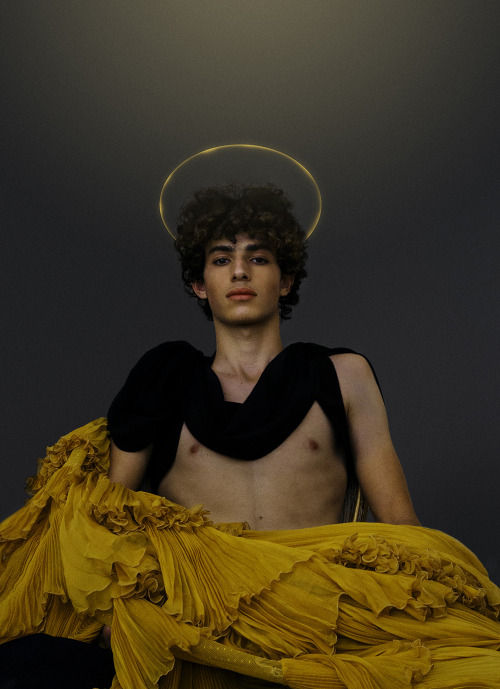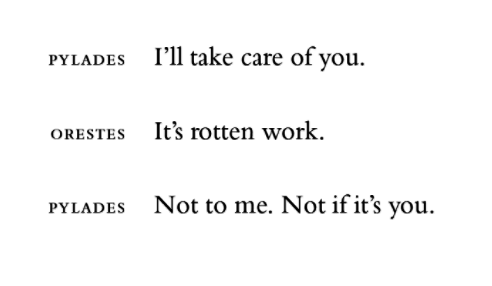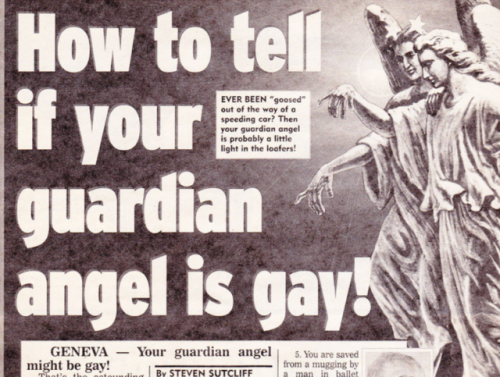190 posts
Latest Posts by oldsaints - Page 2
![Megan Follows As Anne And Schuyler Grant as Diana Barry In Anne Of Green Gables (1985) [*], Anne Of](https://64.media.tumblr.com/c375c7240979e779985a07a610492e28/tumblr_pqwe8pIfIS1qzkq51o6_500.jpg)
![Megan Follows As Anne And Schuyler Grant as Diana Barry In Anne Of Green Gables (1985) [*], Anne Of](https://64.media.tumblr.com/927c665d406075f25f3132bb1d0f04b1/tumblr_pqwe8pIfIS1qzkq51o5_500.png)
![Megan Follows As Anne And Schuyler Grant as Diana Barry In Anne Of Green Gables (1985) [*], Anne Of](https://64.media.tumblr.com/ddbb3fcd164c1e383701fff806389038/tumblr_pqwe8pIfIS1qzkq51o2_500.png)
![Megan Follows As Anne And Schuyler Grant as Diana Barry In Anne Of Green Gables (1985) [*], Anne Of](https://64.media.tumblr.com/803d9c961486ee4431b6c5fcedb6c2ae/tumblr_pqwe8pIfIS1qzkq51o1_500.png)
![Megan Follows As Anne And Schuyler Grant as Diana Barry In Anne Of Green Gables (1985) [*], Anne Of](https://64.media.tumblr.com/f57b867edcd2e21bffe7e02ba13ed80e/tumblr_pqwe8pIfIS1qzkq51o3_500.png)
![Megan Follows As Anne And Schuyler Grant as Diana Barry In Anne Of Green Gables (1985) [*], Anne Of](https://64.media.tumblr.com/a8b070366374578fa084d6a186acf95f/tumblr_pqwe8pIfIS1qzkq51o9_500.png)
![Megan Follows As Anne And Schuyler Grant as Diana Barry In Anne Of Green Gables (1985) [*], Anne Of](https://64.media.tumblr.com/b9c0d36ca8534ddcff53f91394bc43c0/tumblr_pqwe8pIfIS1qzkq51o10_500.png)
![Megan Follows As Anne And Schuyler Grant as Diana Barry In Anne Of Green Gables (1985) [*], Anne Of](https://64.media.tumblr.com/e5c69540a995b437eed616cdfc75a0e1/tumblr_pqwe8pIfIS1qzkq51o7_500.png)
Megan Follows as Anne and Schuyler Grant as Diana Barry in Anne of Green Gables (1985) [*], Anne Of Green Gables by Lucy Maud Montgomery (Chapter XV ), Bosom Friends: Lesbian Desire in L. M. Montgomery’s Anne Books by Laura Robinson, Little Ditty About Anne and Diana by Daniel Mallory Ortberg, Interview with Megan Follows

»we change each other« by shilpa gupta (+)
living in the countryside really strikes the fear of god into you at the most random moments. you’ll just make eye contact with a cow or stare for too long into a brook and all of a sudden you’ll think something like “these are old bones and i am merely a passing occupant” and then you have to go and put the kettle on to cope
The blood on my teeth begins to taste like a poem, like religion, like the way you look at me.
Sean Glatch, from “Caffeine, Pt. 1,″ 4:41 (via lifeinpoetry)
holy, holy, holy. these are the words he murmurs into your skin, language of prayer, language of divinity, language of worship. holy, holy, holy. he whispers it into your crook of your neck, rolls the words into the hollow of your throat, into your bones, into your sharp edges. holy, holy, holy. a mantra. a litany. a prayer. holy, holy, holy. the way he looks at you, it’s like he wants to take you apart and study each piece of you, and then maybe he’ll put you back together when he’s done. maybe. holy, holy, holy. he stares at you, so hard you can feel it burning your skin, and you think maybe he’ll kiss you, or maybe he’ll eat you alive. you haven’t decided yet. holy, holy, holy. in the end, it’s a kiss, real as a punch and twice as hard, and it hurts like a bullet pearling into flesh, hurts like his eyes on the back of your neck, on your collarbones, on your lips. holy. holy, holy, holy.
on loving a god | m.c.p (via ara-ne-um)
Water Spirits
Nereids: nymphs of the Agean sea, the 50 daughters of Nereus and Doris. Depicted as beautiful girls crowned with branches of red coral and dressed in white silk robes trimmed with gold, but who went barefoot
Kelpie: shape-shifting water spirit inhabiting the lochs and pools of Scotland. Depicted as a melancholy dark-haired maiden balanced on a rock
Naiad : nymph, presiding over fountains, wells, springs, streams, brooks and other bodies of fresh water. Distinct from very ancient spirits that inhabited the still waters of marshes, ponds and lagoon-lakes
Rusalka: water spirit in Slavic folklore. Depicted as a young woman who lures young men, seduced by either her looks or her voice, into the depths of said waterways where she would entangle their feet with her long red hair and submerge them
Swan Maidens: mythical creature who shapeshifts from human form to swan form. key to the transformation is usually a swan skin, or a garment with swan feathers attached.
Selkies: maighdeann-mhara (“maiden of the sea),mythological creatures found in Scottish, Irish, and Faroese folklore. Said to live as seals in the sea but shed their skin to become human on land.
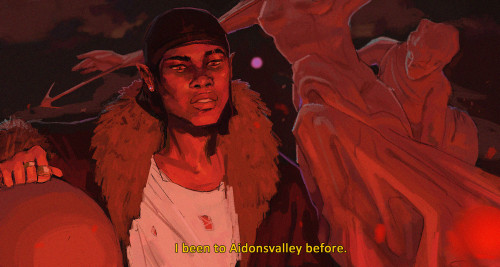
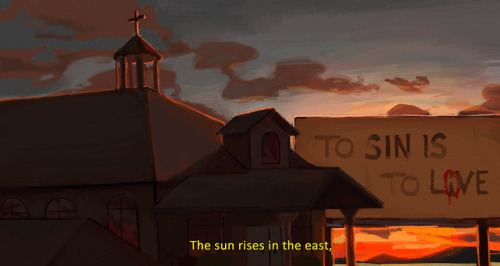
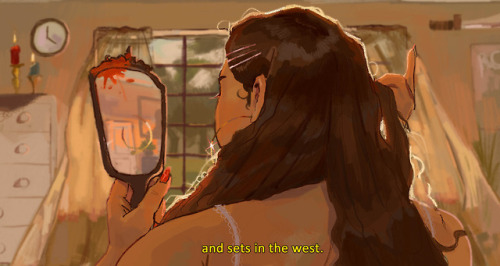
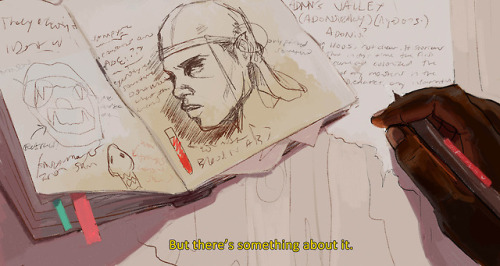

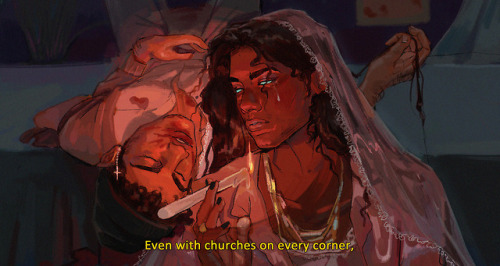
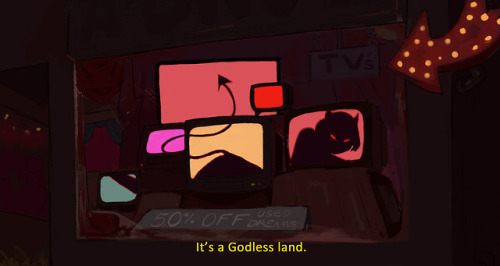
“He’s been watching too many horror movies. Aidonsvalley is just a tourist trap for weirdos who believe in all that nonsense.”
AIDONSVALLEY (XXXX)
I had this one lucid dream where a lady came up to me and said, “Don’t control the dream,” really softly. I had the same dream again a couple days later but instead of just one lady. I was surrounded by a whole group of people with glowing eyes just saying, “Don’t,” and I got so freaked out that I never tried to lucid dream ever again.
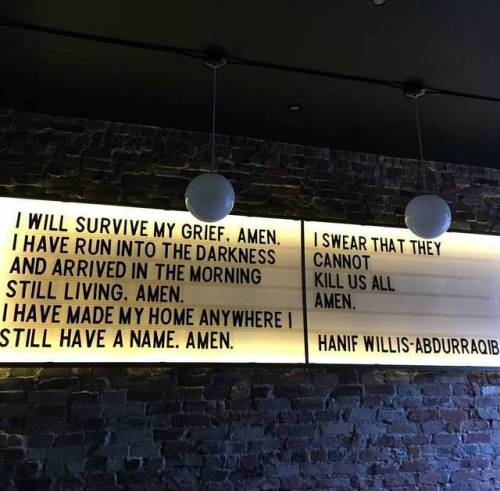
Button author Hanif Willis-Abdurraqib’s poem featured on the sign of a BBQ restaurant in Toronto. Get your copy of Hanif’s incredible book here.
Take Me Home, Country Roads by John Denver except it’s playing from your neighbor’s radio that you can hear from your back porch, which you sit out on to relax in spite of the loud buzzing from the lightbulb and the hoards of moths that flock to it on summer evenings like this.
There is a specific and terrifying difference between “never were” monsters and “are not anymore” monsters
“The thing that was not a deer” implies a creature which mimics a deer but imperfectly and the details which are wrong are what makes it terrifying
“The thing that was not a deer anymore” on the other hand implies a thing that USED to be a deer before it was somehow mutated, possessed, parasitically controlled or reanimated improperly and what makes THAT terrifying is the details that are still right and recognizable poking out of all the wrong and horrible malformations.

Hot Dog: Regular Fellows Monthly, November 1922
look how many teeth / you have—the better to swallow the sky
Emily O’Neill, from “where St. Francis tamed the wolves,” Curious Specimens (via lifeinpoetry)

